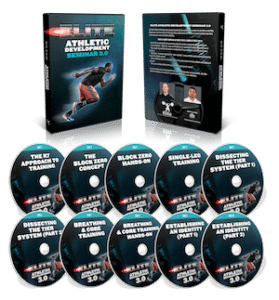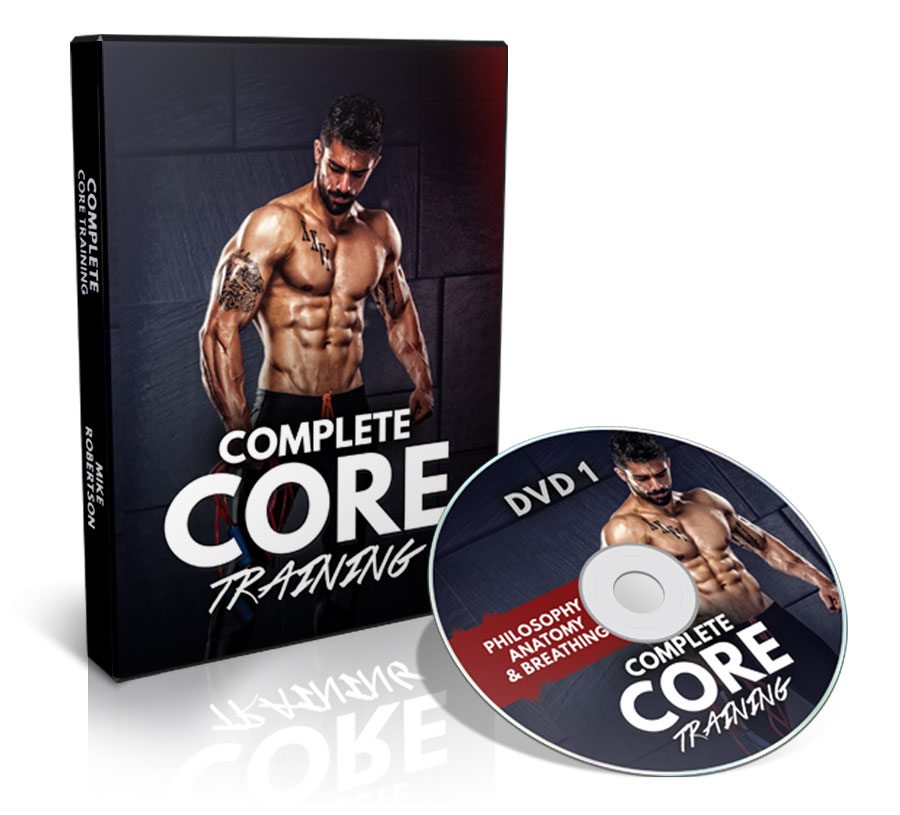Eric Cash, MS, SCCC
Head Strength and Conditioning Coach, Dorman High School
As a young head strength coach in January 2007, I was under the impression that all athletes are ready for the demands and expectations of college strength and conditioning programs. The truth is, a large number of upperclassmen college athletes, while accepting the so called “grind,” are never ready for the initial demands and expectations from sport coaches, professors, and strength and conditioning coaches. When I began training my first crop of freshmen athletes in the summer of 2007, I quickly realized they are vastly different from upperclassmen in their maturity, training knowledge, and training experience. The way I was training my young athletes was not sound and after visiting Joe Kenn at Arizona State in the fall of ’07, the solution was Block Zero.
What is Block Zero?
As I have come to understand Block Zero, it is a systematic approach that safely develops and integrates athletes into a training program; it helps them prepare for the physical demands of sport. Block Zero takes into account an athlete’s training age and assumes that all new athletes entering a training program have a training age of zero. While an athlete may have great experience in a previous training environment, when they are new to your program, their training age is zero. Placing all incoming athletes into a Block Zero program accomplishes five things:
1) Acclimatization into your program
2) Allows for a period of assessment and evaluation
3) Provides a conducive teaching environment for proper technique instruction
4) Injury prevention through evaluation and technique instruction
5) Increased comprehension of application to sport and training
Where to Start
While there are many similarities in strength and conditioning programs across the country, most strength programs are unique and are a result of hard work and dedication from strength and conditioning staffs. Like any program, methods and philosophies adapt over time and from coach to coach but the underlying principles remain the same. Take the adage “Bigger, Faster, and Stronger,” for example. Most power and power-endurance sport coaches want their athletes bigger, faster, and stronger, so strength and conditioning coaches write programs with this ideology in mind. While one coach may use the Olympic lifts, another coach may use the power lifts, but both are training for the same purpose—Bigger, Faster, Stronger.
The same can be said with young athlete developmental programs. All strength and conditioning professionals would like to develop their athletes from year one to year four or five. In the high school realm, a strength coach can have athletes from 6th or 7th grade until they graduate as seniors Within your youth athlete development program, where do you start? How do you decide what to include in your program?
When developing programs for the young athlete, we first have to realize that incoming freshmen college athletes and young adolescent athletes are different from upperclassmen. They are generally immature, younger in training age, and have major differences in their physical development. So can we ask our young athletes to train at the same volume, intensity and tempo as our older athletes? Can we ask them to train the same exercises? The answer is no. Strength coaches have to adapt their current programming to meet the needs of young athletes; think basic.
Another realization for strength coaches to consider is the idea of sport specialization. When a college freshmen or high school freshmen athlete walks into the weight room, there is a great possibility they have only been involved with one sport for numerous years. With the arrival of AAU teams and travel ball, sport specialization is at an all time high. Young kids rarely have time to be involved in a strength and conditioning program, much less other sports or recreational free play. The multi-sport athlete and backyard football are becoming a thing of the past. For strength professionals, we have to start with the basics when they walk through the doors. In Block Zero, the starting point is the Athletic Position.
Athletic Position
When developing strength programs, many variables are placed under consideration: time of year, progressions, loads, frequency, etc. Young athlete programs should be held under the same scrutiny. We have to consider how we want our young athletes to progress to and create the road map to get there. Following Tier System principles from year one to year four or five necessitates starting with the athletic position. Mastery of the athletic position allows athletes to comprehend how it relates to weight room activities and the field of play.
An athlete that understands how to set his/her hips, maintain a tight upper back, arched lower back, and lock their chest angle in over their knees is well on his/her way to understanding proper starting position on RDL’s, hang cleans, squatting and putting into place the proper mechanics for jumping and landing. From the athletic position, athletes learn to apply force from heel to toe and absorb force from toe to heel. An athlete’s understanding of proper force application and force absorption reinforces knee tracking with the toes (correction of valgus knee) and allows for greater force production which can transfer to the field of play.
In conclusion, Block Zero accounts for lack of training experience and knowledge. By placing an emphasis on the athletic position, strength coaches are preparing athletes for the physical demands in the weight room which will bridge the gap with sport specific demands.
Big House Power Staff Note:
In upcoming material, Coach Cash will be expanding on the importance of the athletic position. He will be covering jumping and landing mechanics and the importance proper mechanics play in need injury prevention, especially females. Other athletic position topics will include mastery of the athletic position and how it leads into change of direction and how the athletic position leads to proper posterior chain development.







